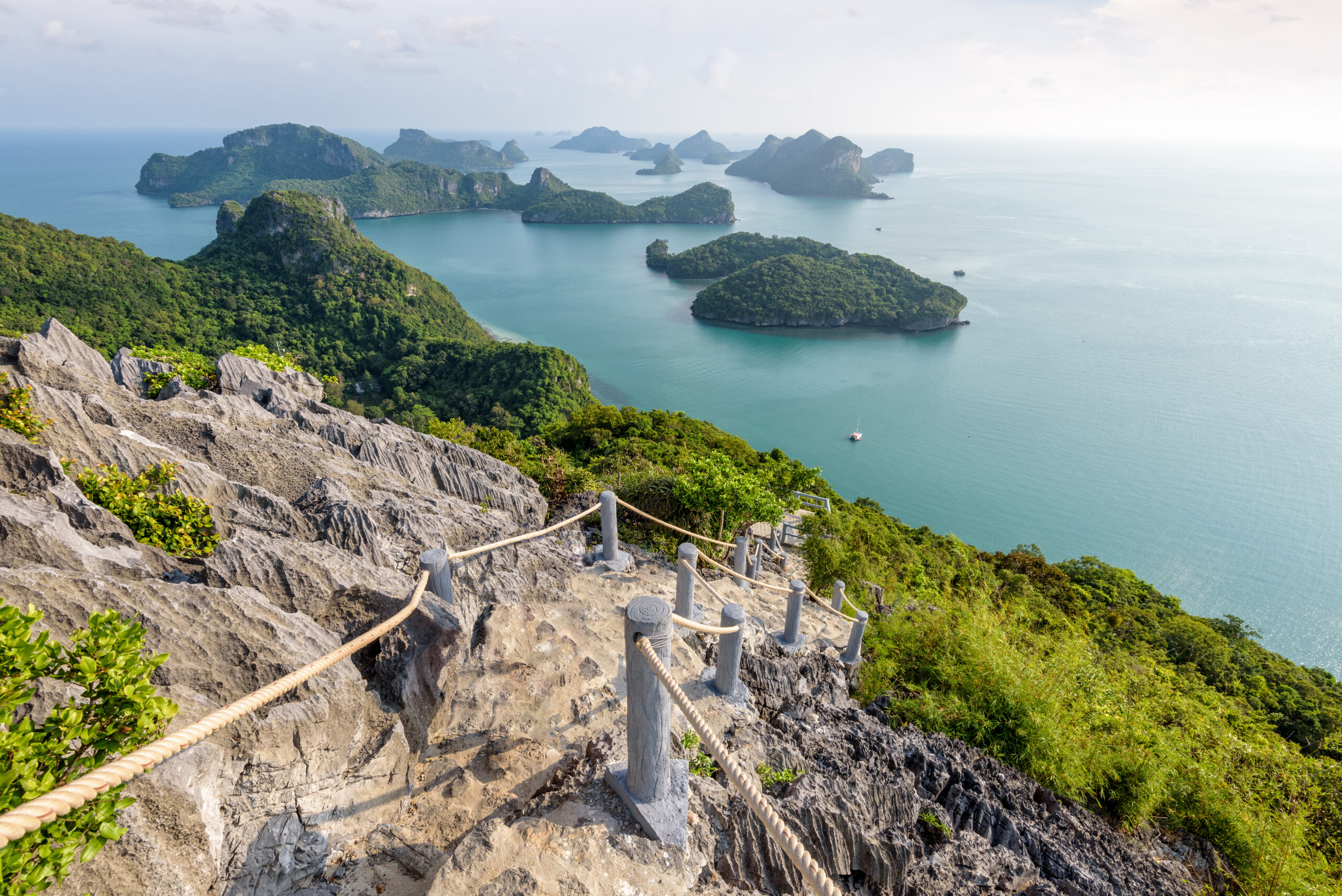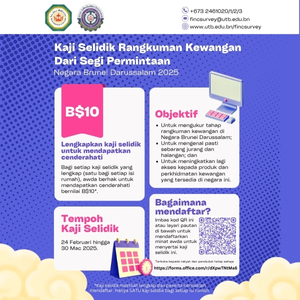Celebrating 39 years, ASEAN Heritage Parks programme thrives in biodiversity conservation
For 39 years, the ASEAN Heritage Park (AHP) programme has been steadfast in supporting the conservation and sustainable management of remaining important ecosystems in the region.
A flagship initiative of ASEAN in recognising protected areas of high conservation importance, the AHP has grown into a dynamic network of 57 globally important parks and nature reserves composed of more than 11 million hectares of protected areas.
Out of this figure, 2.5 million hectares are marine and inland waters while 8.5 million hectares are terrestrial.
Executive Director of the ASEAN Centre for Biodiversity (ACB) Dr Theresa Mundita S Lim on the 39th anniversary of the programme emphasised that these “cream of the crop protected areas” celebrate ASEAN’s biodiversity, fostering awareness, pride, and collaboration among Member States for the preservation of their shared natural and cultural heritage.
“Well-managed AHPs have also been crucial in making the region more resilient to natural disasters and in regulating the spread of zoonotic diseases,” she shared, noting that the programme is not just a recognition scheme.

According to the executive director becoming an AHP opens doors to exchanging knowledge, best practices, and accessing capacity development.
It offers opportunities for engaging with conservation partners, participating in research programs, and receiving support for enhancing management operations.
“The ACB continues to boost the promotion of the AHPs as prime ecotourism sites and as areas of high conservation importance through the centre’s communication, education, and public awareness programmes,” she added.
Striking a balance
For almost four decades, the AHP Programme has thrived on collaborative management, involving park officials, local communities, the private sector, and various stakeholders, including indigenous people, women, and the youth.
This collective effort, both within and among AHPs, along with cooperation from communities, local and national governments, and institutional partners, has been pivotal in the effective management of AHPs.
It underscores the success of a comprehensive community-driven strategy in biodiversity conservation.
“To ensure the participation of stakeholders in the conservation of AHPs, we help them ensure that their fundamental needs are met,” continued Dr Lim.
“Hence, a lot of our interventions in the AHPs involve providing local communities with sustainable livelihood opportunities while encouraging them to conserve and protect the biological resources of the parks or nature reserves.”
This year alone, 75 grant projects in Indonesia concluded successfully, benefiting 33 grantee organisations and 42 micrograntees.
These initiatives achieved significant milestones, including gathering crucial wildlife survey data on key species like the Sumatran elephant, Sumatran rhino, and Sumatran tiger.
Additionally, they implemented ecosystem restoration with livelihood programmes to address human-wildlife and tenurial conflicts. Furthermore, the projects contributed to integrated ecotourism development as a means of enhancing livelihoods.
Another ACB intervention in AHPs was the Biodiversity-Based Products (BBP) as an Economic Source for the Improvement of Livelihoods and Biodiversity Protection project implemented in Cambodia, Laos, and Vietnam.
Concluded in 2019, the initiative successfully boosted rural communities’ income within and around AHPs, which promotes sustainable utilisation of biological resources, transforming them into commercial products.
This initiative doubled local household income (from 70 to 140 per cent) and fostered increased community engagement in safeguarding national parks.
Despite these successes however, Dr Lim went on to share that the programme still needs to intensify its partnerships within the network and with other organisations to further expand the scope of protected area coverage in the region and ensure the effective management of these conservation areas.
“Moving forward, we encourage more coastal and marine protected areas, urban wetlands, and transboundary protected areas to be part of this strong network of AHPs as we boost our efforts to have a more diverse ecosystem representation contributing to the achievement of global biodiversity targets or the Kunming-Montreal Global Biodiversity Framework,” she said.
“Additionally, AHPs need more robust and sustainable financing as these protected areas play a crucial role in promoting nature-based solutions to the triple planetary crises – pollution, climate change, and biodiversity loss,” she said. – Wardi Wasil








